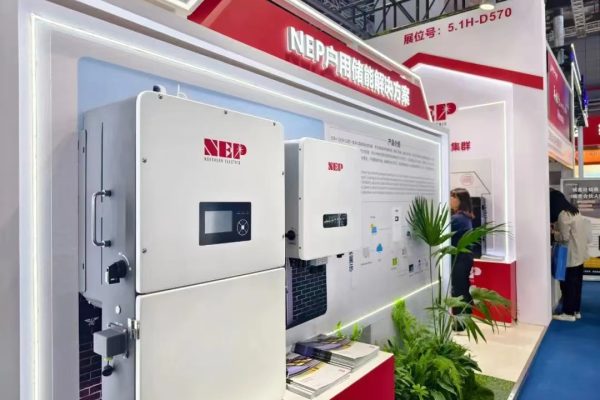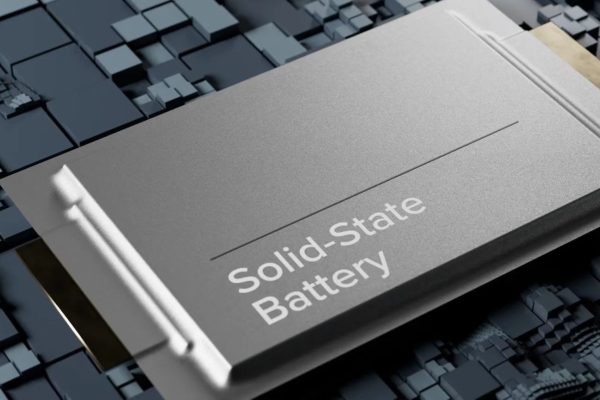Pros, Risks, and Strategies for Sourcing Integrated ESS Solutions
As residential and C&I energy storage markets mature, buyers face a key decision:
Should you source cells, racks, and EMS separately — or get them all from a single supplier?
For system integrators, small EPCs, and export-focused businesses, managing multiple vendors may give flexibility, but also creates risk. On the other hand, buying everything as a “one-package ESS” (battery + BMS + EMS + enclosure) sounds convenient — but comes with its own challenges.
This article outlines the trade-offs, best practices, and what to look for when evaluating integrated energy storage suppliers.
The 3 Core Components of Any ESS Package
- Battery Cells – LFP or NMC, prismatic or pouch; the heart of capacity and safety.
- Racks or Packs – Includes BMS, thermal management, and mechanical integration.
- EMS/PCS – The energy management system that coordinates power flow, grid interaction, protections, and often integrates with PV.
In small or mid-size projects, the system may also include:
- Inverter or hybrid inverter
- Fire suppression
- Cooling or ventilation
- Communication interfaces (Modbus, CAN, etc.)
Advantages of a “Single-Package Supplier”
✅ Simplified Procurement & Logistics
– Fewer POs, fewer shipping documents, and unified customs declarations.
✅ Pre-tested Compatibility
– Internal wiring, BMS-EMS communication, and inverter handshakes already validated.
✅ Quicker Commissioning
– Factory-paired parameters (cutoff voltages, SOC logic, etc.) reduce on-site debugging.
✅ Warranty Centralization
– No finger-pointing between EMS and cell suppliers when failures occur.
✅ Better Support
– One team handles software bugs, battery alarms, and interface setup.
This is especially valuable for non-technical resellers or SME installers.
Risks of Bundling Everything from One Vendor
⚠️ Lock-in Effect
– You depend entirely on one supplier for firmware updates, spare parts, and expansion modules.
⚠️ Cost Transparency Issues
– It’s hard to know if you’re paying too much for a specific component (e.g., mediocre EMS bundled with premium cells).
⚠️ Limited Flexibility
– You may not be able to mix brands (e.g., adding your preferred inverter or smart meter).
⚠️ Certification Bottlenecks
– If the package doesn’t have the local grid code or fire safety certification, your whole system is blocked.
When Should You Use an Integrated Supplier?
✅ When selling repeatable residential or SME systems
✅ When your team lacks deep BMS or EMS knowledge
✅ When speed-to-market is more important than customization
✅ When targeting markets with tight compliance and safety rules (e.g., UK G99, UL 9540, etc.)
When to Consider Sourcing Separately
✅ When targeting niche applications (e.g., telecom towers, off-grid cabins, EV charging support)
✅ When building a unique brand position with specific inverter or software preferences
✅ When you have in-house engineering to manage BMS-EMS-inverter tuning
✅ When using local government incentives that require sourcing certified components separately
What to Ask a “Full-Package” Supplier
Before committing to an all-in-one solution, ask:
- Are the BMS and EMS designed in-house or licensed?
- Can you provide full wiring diagrams and Modbus register maps?
- Which certifications do the full system and each sub-part hold?
- Can components be replaced/upgraded independently?
- Do you offer long-term firmware support for EMS?
- How do you handle warranty for mixed-cause failures? (e.g., EMS glitch causes battery over-discharge)
If the supplier can’t answer clearly — or just says “Don’t worry, it works” — that’s a red flag.
Best Practice: Modular Integration + Strategic Partnering
You don’t need to fully commit to either extreme. A middle ground approach can work:
- Choose a trusted EMS partner who supports multiple battery brands
- Standardize cell & rack formats (e.g., 3U 48V packs)
- Use field-proven BMS with open protocol support
- Bundle inverters separately, but pre-test settings
🎯 The goal: achieve integration without vendor dependency.
Managing cells, racks, and EMS in one package can simplify deployment and reduce integration headaches — but only if your supplier is capable, transparent, and flexible. For SME installers or overseas exporters, bundling is attractive, but don’t sacrifice long-term adaptability for short-term convenience.
Whether you choose full-package or modular integration, know what you’re buying — and who you’re depending on.









